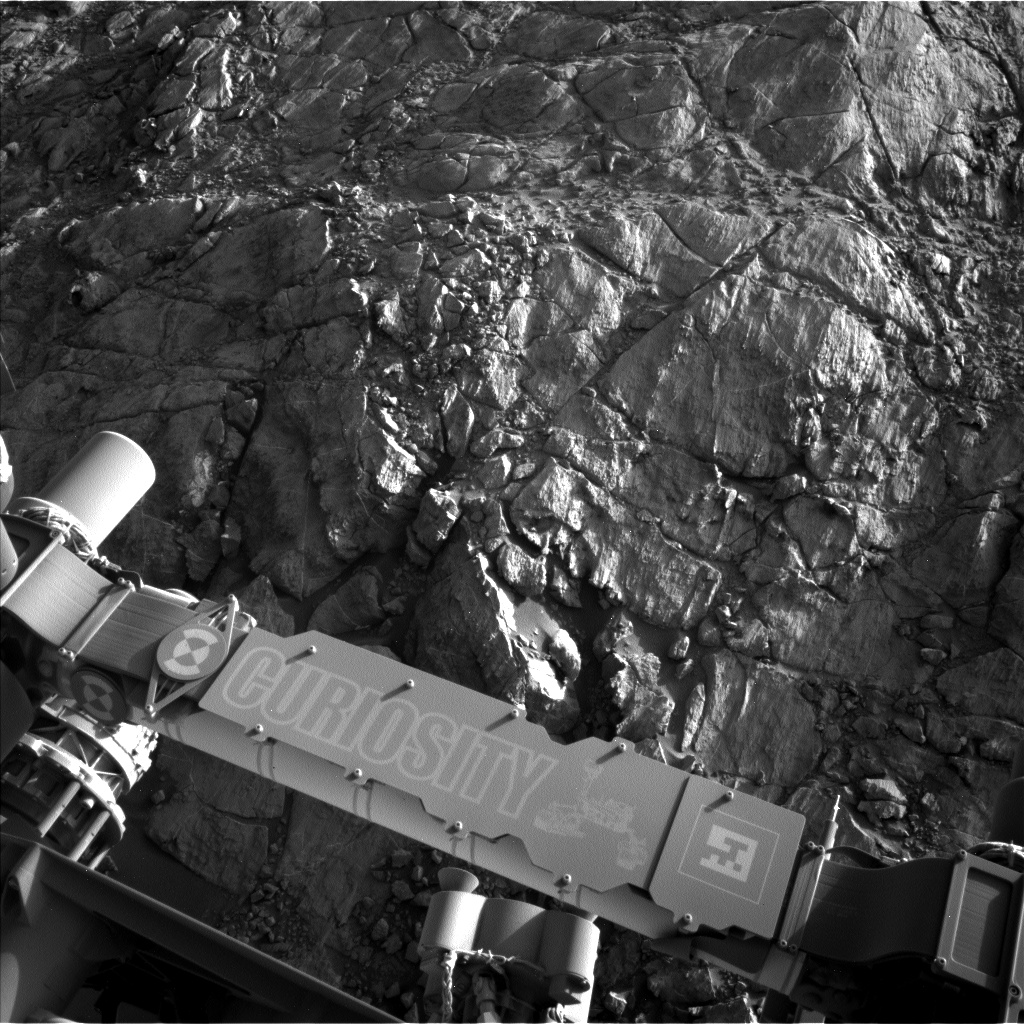2 min read

Every day or two, scientists and engineers on the rover team hop on the phone together to participate in a set of teleconferences (telecons). These virtual meetings are an essential part of the mission’s infrastructure and provide a way for the team to remotely discuss and plan the rover’s activities while being spread across many different parts of the country – and world!
Today, the phone line was a bit quieter than usual as many traded in our virtual conference for the annual American Geophysical Union conference (AGU), which is happening all this week in San Francisco. Scientific conferences are an important and useful way for us to share our research with others in the field and beyond, thus increasing the mission's overall reach. Cumulatively, the rover team submitted more than thirty abstracts to the meeting this year.
Those of us not attending AGU today called into our usual meetings ready to plan two sols of rover activities with a drive in the middle. An early discussion between rover planners and the science team led to a decision to shorten the drive distance, which afforded us more time for observations during the first sol’s science block. Making this kind of major change to the plan in real-time would not be possible without our team telecons, which allow for quick and easy communication between different facets of the team.
Once the science block time was extended, the science team set to working filling it with observations of the butte outcrop in our workspace (shown in the Navcam image above). Three ChemCam targets were selected on the outcrop (“Ghrudaidh,” “Glasnakille,” and “Glenshee”) and two Mastcam mosaics will provide context for the other observations. A Mastcam multispectral observation was planned for an anomalously bright target, “Glen Nevis.” Before the drive, MAHLI and APXS will also be used to collect data on target “Glenmard Wood;” after the drive, an additional Mastcam mosaic of the new workspace will be acquired. On the second sol, we planned a 2-hour untargeted science block that will contain a ChemCam AEGIS observation and 25 minutes of environmental activities including REMS and DAN measurements.
Wishing all of our colleagues good luck on their AGU presentations and looking forward to hearing their voices back on the phone line next week!
Written by Mariah Baker, Planetary Geologist at Center for Earth & Planetary Studies, Smithsonian National Air & Space Museum







